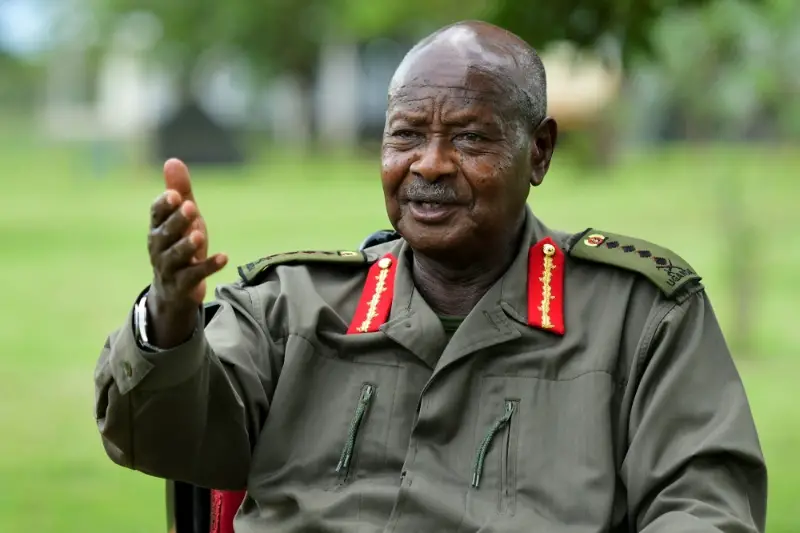On the 1st of June 2023, African ministers for trade and industries adopted a protocol that prevents trading second-hand clothes across the continent under the preferences of the AfCFTA. This was during the high-level African Union – East African Community and the private sector forum, the second Ministerial Retreat of the Council of Ministers on the AfCFTA, held in Nairobi, Kenya, to assess the progress and address critical aspects of the agreement's implementation.
[elementor-template id="94265"]
